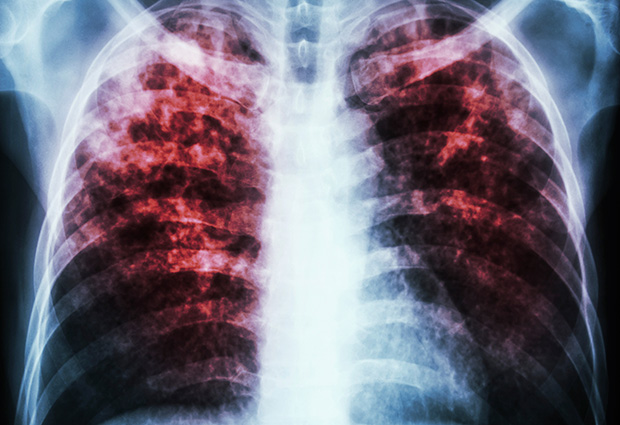
Read the latest Issue
Tuberculosis is an infectious bacterial disease that kills millions of people every year. Current treatment regimes are becoming less effective due to the growing number of drug-resistant strains of the bacterium that causes the disease - Mycobacterium tuberculosis (Mtb). A comprehensive understanding of Mtb is vital if new drugs are to be developed to fight this disease.

Information about the 3D structure of Mtb proteins involved in the infection process of tuberculosis can provide crucial clues for designing new drugs. However, Mtb proteins are not easy subjects for structural biology studies, and as a result relatively few Mtb proteins have been characterised in detail. The need for improved methodology therefore drives the work done within Matthias Wilmanns’ group at EMBL in Hamburg. In order to explore the structures of Mtb proteins, they have optimised methods for producing the proteins in the laboratory, and now hope to share this knowledge with other structural biologists.
Scientists have to produce large amounts of Mtb proteins in the laboratory before they can be studied. This is done by inserting the protein’s gene into a piece of mobile DNA called a vector. This vector is then shuttled into a bacterium host where it replicates and produces lots of copies of the Mtb protein that can subsequently be used for structural studies. Traditionally E.coli bacteria have been used as hosts for this purpose, but being so distantly related to Mtb this tends to create problems due to, for example, an inability of the protein to fold correctly. “Instead of E. coli we use a non-pathogenic close relative of Mtb – Mycobacterium smegmatis – which can circumvent expression problems of Mtb proteins,” explains Annabel Parret who coordinates the tuberculosis team within the Wilmanns group. “Our eight in-house generated vectors also work with our optimised M. smegmatis strain,” she adds.
Our eight in-house generated vectors work with our optimised M. smegmatis strain
As well as the gene of interest, vectors include a number of other DNA elements. The “pMy” vector series generated at EMBL enables scientists to choose characteristics best suited to their experiments. These eight vectors offer a combination of different promoters – stretches of DNA that initiate gene transcription, antibiotic resistance – used to check that the bacteria has successfully expressed the protein and purification tags– used to isolate the protein after expression. “Although a large collection of vectors exist for E. coli, expression tools for M. smegmatis are scarce so we hope this versatile toolkit will be helpful for other structural biologists,” says group leader Wilmanns. The new vectors have successfully been used to produce large quantities of a number of Mtb proteins that are notoriously difficult to express including membrane and toxic proteins.
By using multiple vectors simultaneously, different proteins can also be expressed together and quickly screened for their ability to form complexes. “While relatively few Mtb structures have been characterised, even less is known about which Mtb proteins interact with each other and how,” explains Parret. “We hope these tools will encourage others to also take up studying Mtb proteins and move the science that bit faster toward the goal of being able to fight tuberculosis,” concludes Wilmanns.
Looking for past print editions of EMBLetc.? Browse our archive, going back 20 years.
EMBLetc. archive